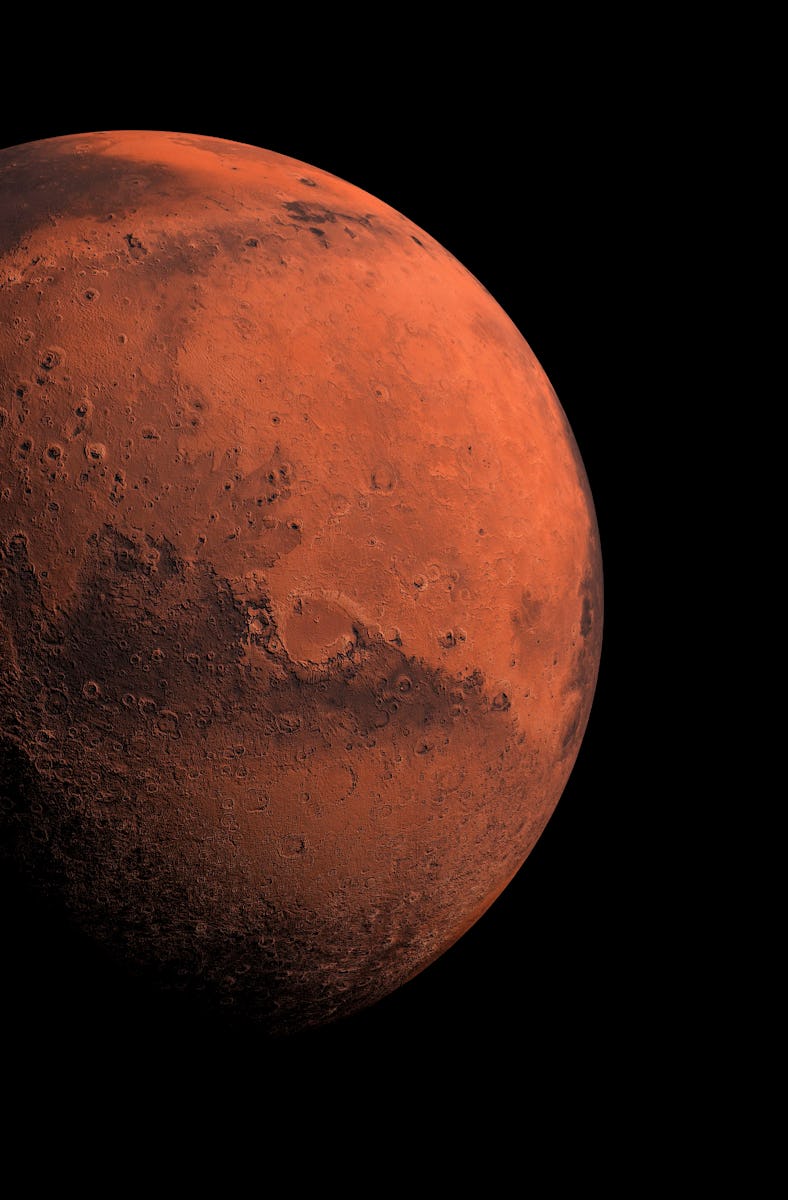The Search for Life on Mars Takes a New Turn with NASA’s Latest Findings
A rock is a storybook that is extremely hard to read, one scientist says.

New evidence suggests that organic molecules, the building blocks for life, are not bound to a particular corner of Mars. Instead, they might be found all over the place.
In a study published Wednesday in the journal Nature, NASA Perseverance mission scientists announced that signatures for several types of organic molecules were present in rocks along the crater floor where the rover has been exploring Mars.
Perseverance landed in February 2021, and when it did, it brought along an investigative tool mounted to the end of its robotic arm. SHERLOC, short for Scanning Habitable Environments with Raman & Luminescence for Organics & Chemicals, extracts information from the rocks Perseverance visits when its six wheels roll across the ancient lakebed basin of Jezero Crater.
“A rock is effectively a storybook that’s extremely hard to read. And we try our best to decode these rocks with the tools available at the surface of Mars.”
On another corner of the planet, NASA’s Curiosity rover has previously detected evidence of organic molecules in rocks. On Earth, scientists have analyzed meteorites that hail from the Red Planet. The mounting evidence has suggested to scientists like Sunanda Sharma, an astrobiologist at NASA’s Jet Propulsion Laboratory (JPL) and lead researcher of the new paper, that organics could be global on Mars.
Do organic molecules signal life on Mars?
Organic molecules are a compelling argument that life could have sprouted on Mars, but they don’t necessarily mean life was around. Organic molecules on Mars may have lent themselves to scaffolding alien life. Or, they are simply a sign of how water and rock interacted, plain and simple.
Perseverance detected organics in two rock formations, called Séítah and Máaz. This image shows the "South Séítah" region of Jezero Crater. NASA’s Ingenuity Mars Helicopter, which accompanies the Perseverance rover, took this image during its 11th flight on August 4, 2021.
As NASA officials succinctly state in a 2020 video, organic molecules can exist without you, but you can’t exist without them. So, anytime that signatures for organic molecules appear in the clouds of a distant planet, or on the surface of Mars, they catch the attention of scientists.
Sharma says astrobiology, the study of life and its origins across the universe, is akin to working on a painting. “Every piece of information that we find out about Mars, like the first time Galileo looked through a telescope at Mars, all the way up to the recent findings coming out this week, and after this, each one of those findings is a dot that’s making this big beautiful pointillist painting. And when we step back, probably decades from now, we’re going to see what the full picture is,” Sharma tells Inverse.
Studying Mars rocks
Whether or not the Red Planet captured lightning in a bottle eons ago, so to speak, and gave birth to life in much the way Earth did during its ancient Archean Period, scientists need a bevy of science observations to learn the truth.
When Perseverance places its robotic arm a credit card’s distance away from a rock formation, the rover scans the rock, and Sharma then leads a discussion with her team about what to do next. As a primary operator of SHERLOC, she takes an analysis of the rock with a NASA team, and then compares it to mineral analogs known on Earth obtained via a researcher network.
Keyron Hickman-Lewis, who collaborated on the paper, offered a refreshing perspective as a paleontologist. Hickman-Lewis studies rocks found in South Africa and Australia that survived the passage of time. Within these time capsules are biosignatures of the earliest known life forms of Earth’s Archean Period billions of years ago.
The newest data from Perseverance offers a more robust perception of ancient Mars. “We can draw parallels at this point with what we know of the environment from the early Earth,” Hickman-Lewis tells Inverse.
Putting constraints
The organics that have been found in Gale Crater with Curiosity, within Martian meteorites on Earth, and now at Jezero Crater by Perseverance suggests life’s building blocks were scattered throughout Mars. Together, they put constraints on what happened eons ago on Mars, and if the planet ever nourished alien life.
Though it’s still unclear how the organic molecules got onto Mars, what is evident is that Mars is preserving them. Whether generated by some water-rock interactions of the Red Planet’s ancient past, or if dropped off by a comet, or a byproduct of some lifeform as can sometimes be the case, each sample is a science puzzle piece.
“I think the major takeaway here is that we can use these excellent samples to teach ourselves something complex about the ancient history of Mars,” Hickman-Lewis says.
The future study of ancient Mars
Sharma and Hickman-Lewis support the Mars Sample Return endeavor currently in development between NASA and the European Space Agency. If it takes off, the ambitious program would use a team of robotic explorers to ferry samples Perseverance has obtained from Mars, and ship them to Earth for a closer analysis.
“We can do much of the work there on Mars as you see in the paper, we can obtain images with an exceptional resolution, we can obtain spectral data, again which give us very clear signatures of the compositions of the rocks and the associations of organic materials with minerals, we can use these associations to build a history of the rock. A rock is effectively a storybook that’s extremely hard to read. And we try our best to decode these rocks with the tools available at the surface of Mars,” Hickman-Lewis says.
“The information in the paper gives us a very detailed first view at the samples, and they seem very promising for future analysis here on Earth,” he adds.
This article was originally published on